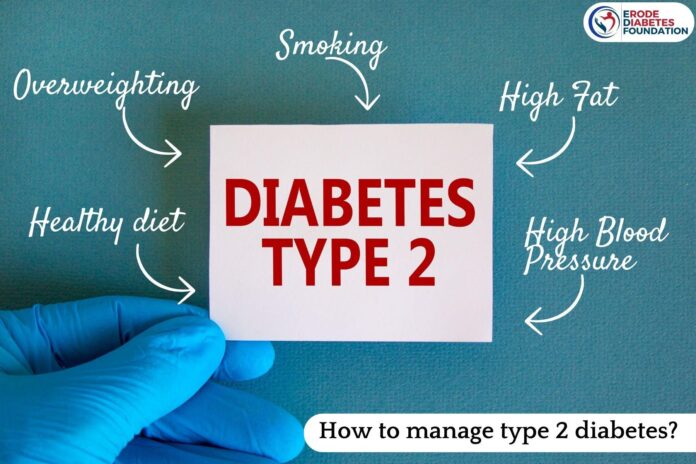
If you or a loved one has diabetes, chances are you’re familiar with the term HbA1c. This commonly used measurement is vital in managing diabetes and understanding how well your blood sugar levels have been controlled over the past few months. But what exactly is HbA1c and why is it so important? And most importantly, how can you use an HbA1c converter to make sense of your results? In this article, we’ll explore all of these questions and more to help you navigate the world of diabetes management with confidence.
First and foremost, what is HbA1c? HbA1c stands for Hemoglobin A1c and is a measure of the average blood sugar levels over a period of two to three months. Unlike regular blood sugar tests that provide a snapshot of your current levels, HbA1c reflects how well your diabetes has been managed over time. It does this by measuring the amount of glucose that has attached to your red blood cells. The higher the percentage of HbA1c, the higher your average blood sugar levels have been over the past few months.
So, why is HbA1c so important? HbA1c is a crucial indicator of diabetes management because it gives you and your healthcare provider a better understanding of how well your treatment plan is working. By monitoring your HbA1c levels regularly, you can make informed decisions about your diet, exercise, and medication to keep your blood sugar levels in check. This can help prevent complications associated with diabetes such as heart disease, kidney problems, and nerve damage.
Now that we’ve covered the basics of HbA1c, let’s talk about using an HbA1c converter. An HbA1c converter is a tool that allows you to easily translate your HbA1c results into an average blood sugar level in mg/dL or mmol/L. This conversion can help you better understand how your HbA1c results translate to your day-to-day blood sugar levels. This can be especially helpful if you prefer to track your blood sugar levels in a different unit of measurement or if you want to compare your HbA1c results with others.
Using an HbA1c converter is simple. All you need to do is input your HbA1c percentage into the converter, select the unit of measurement you prefer (mg/dL or mmol/L), and press the convert button. The converter will then display your average blood sugar level in the chosen unit of measurement. For example, if your HbA1c is 7%, the converter will show that your average blood sugar level over the past few months is approximately 154 mg/dL or 8.5 mmol/L.
It’s important to note that while an HbA1c converter can provide you with a rough estimate of your average blood sugar levels, it is not a substitute for regular blood sugar monitoring. It’s still crucial to check your blood sugar levels regularly using a glucometer to ensure that your levels are within the target range set by your healthcare provider. Additionally, remember that factors such as stress, illness, and changes in medication can affect your HbA1c levels, so it’s important to discuss any significant changes with your healthcare provider.
In conclusion, understanding HbA1c and using an HbA1c converter can be valuable tools in managing your diabetes effectively. By monitoring your HbA1c levels regularly and converting them into average blood sugar levels, you can gain valuable insights into how well your treatment plan is working and make informed decisions to keep your blood sugar levels in check. Remember to work closely with your healthcare provider to interpret your results accurately and make adjustments to your treatment plan as needed. With the right tools and support, you can take control of your diabetes and live a healthier, happier life.












